Source: Country Life Illustrated, 8 Jan 1897 (this image from a later facsimile edition)
Unusually for anything involving exercise, this contraption looks almost fun. Although perhaps not completely ‘a perfect substitute for a live horse’ – at least, not if you wanted to travel somewhere – it was well-received as an aid to fitness. The medical profession increasingly advocated taking exercise on purpose to improve the health, and this product (also called the Hercules Horse-Action Saddle) appears to have given a pretty good workout.
The machine was 4 ft high and about 30 inches square. The advert’s claims that it could trot, canter and gallop make it sound as though it moved independently like one of those fairground buckaroo things, but this wasn’t the case – the different paces were powered by the rider’s own exertions.
Within the mahogany frame was a mechanism that consisted of four platforms separated by springs. By turning the control on the front, one could adjust the distance between the platforms so that the more adventurous could experience a ‘bone-shaker’ feel, while a smoother ride was available for invalids. Ladies could buy a side-saddle version.
At 7 guineas for the cheapest one and 21 guineas if you went top-of-the-range, these were quite an investment – which can’t have paid off if they met the fate of every exercise machine ever bought and were consigned to a shed to gather dust.
Vigor also sold a rowing machine at 4 guineas, but this one looks a bit too much like hard work to me:
Source: Black and White, 14 March 1896
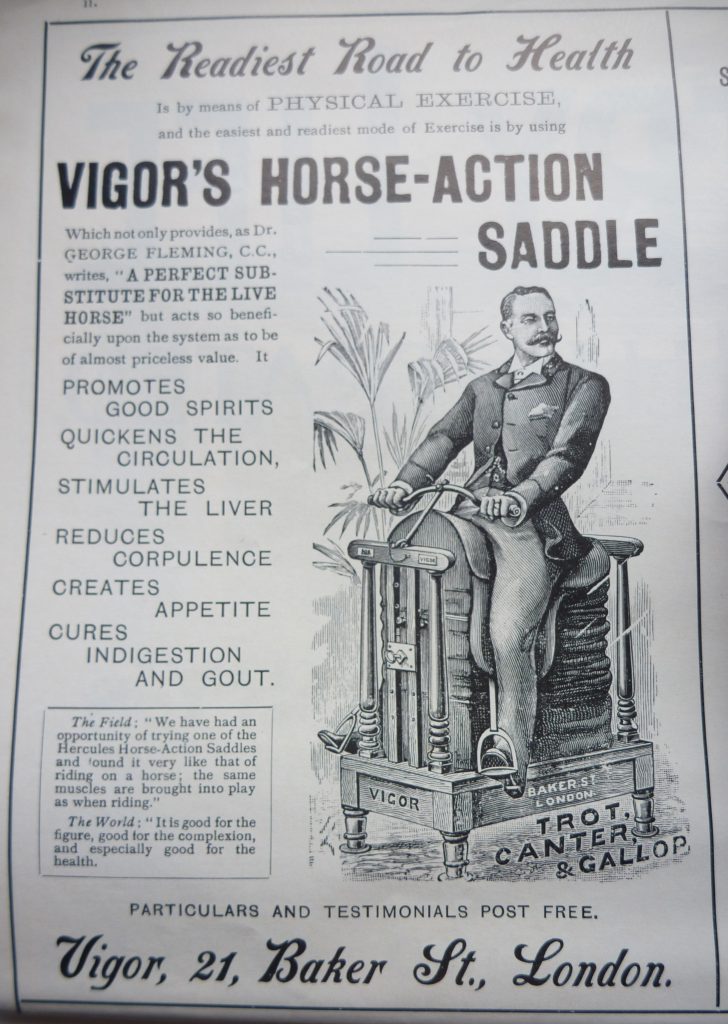
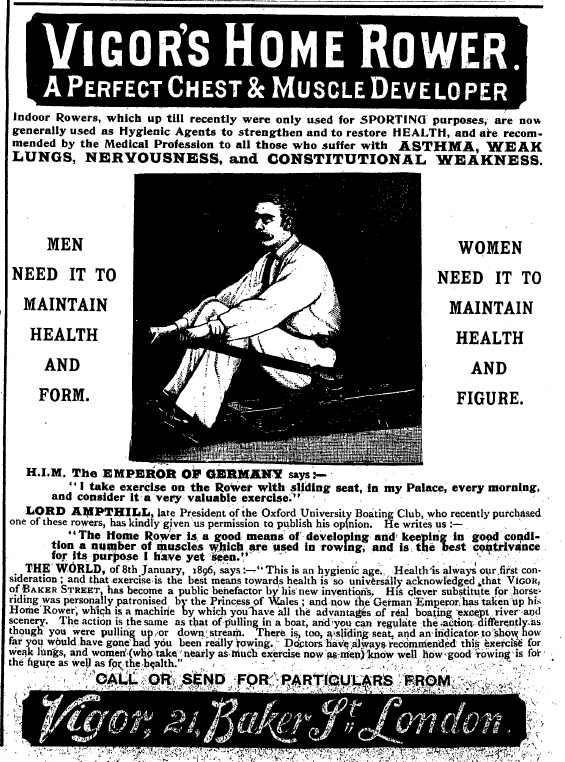
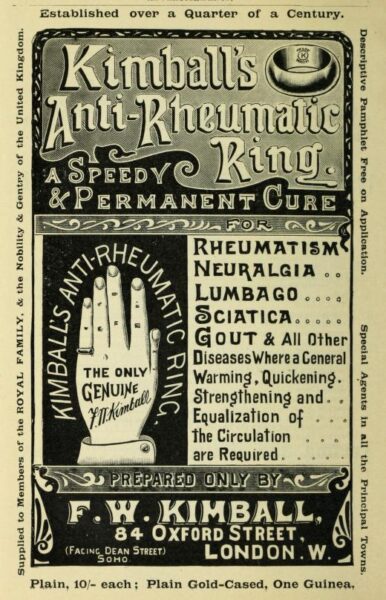
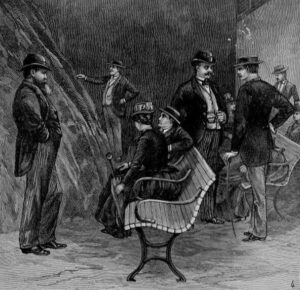
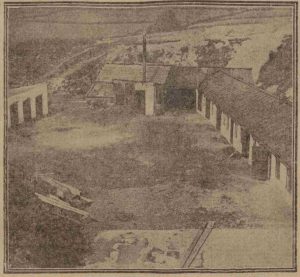
That first contraption does look like loads of fun – and like the rides for children they used to have outside grocery stores when I was a kid (I think that they were in other places too).
I remember those too – there was one outside the shop in the North Wales town we always went to on holiday. It was the only attraction in the whole town.
I just love that the fine print says it improves the complexion!
I’m sure it would give a nice rosy glow if you used it energetically enough!